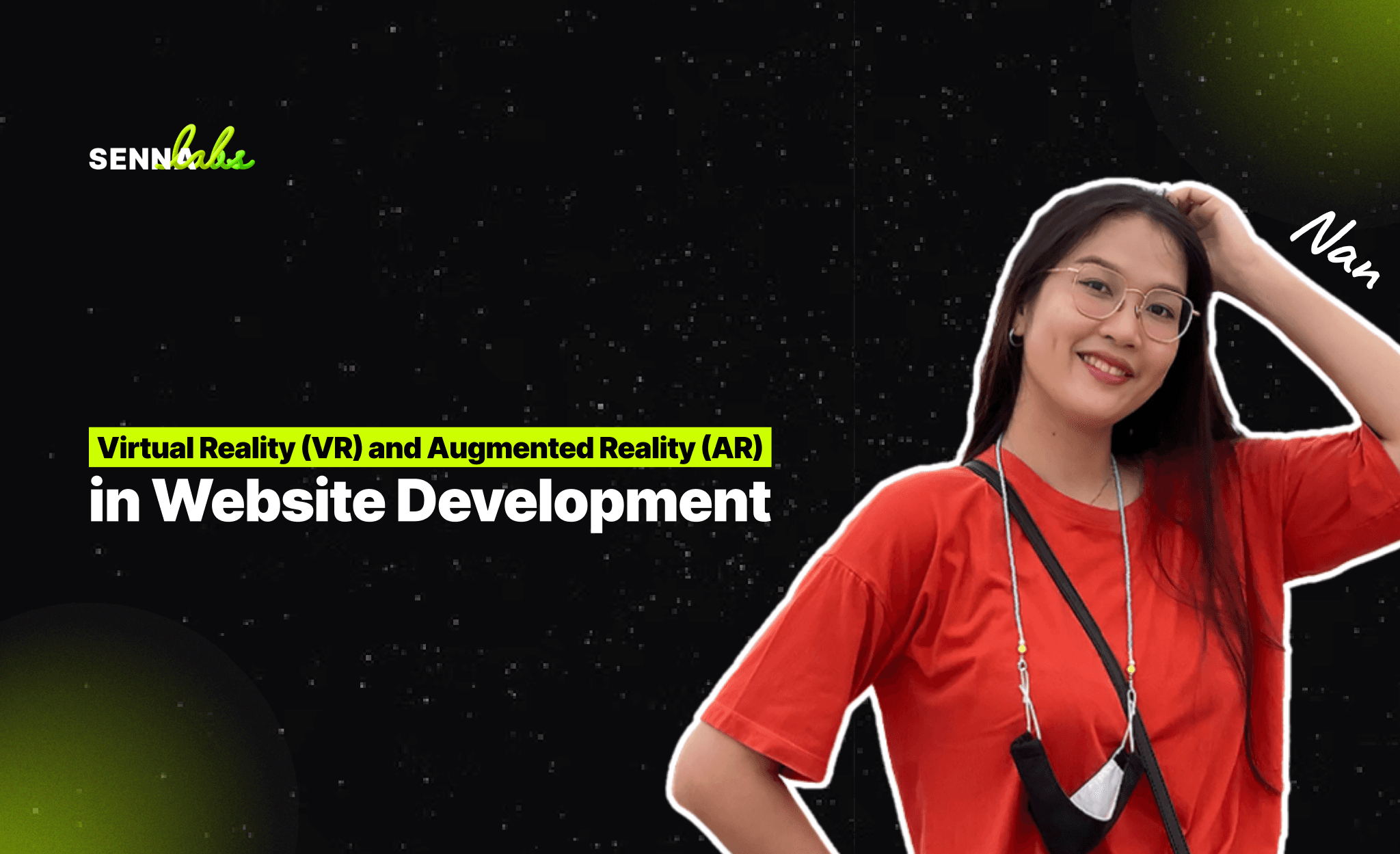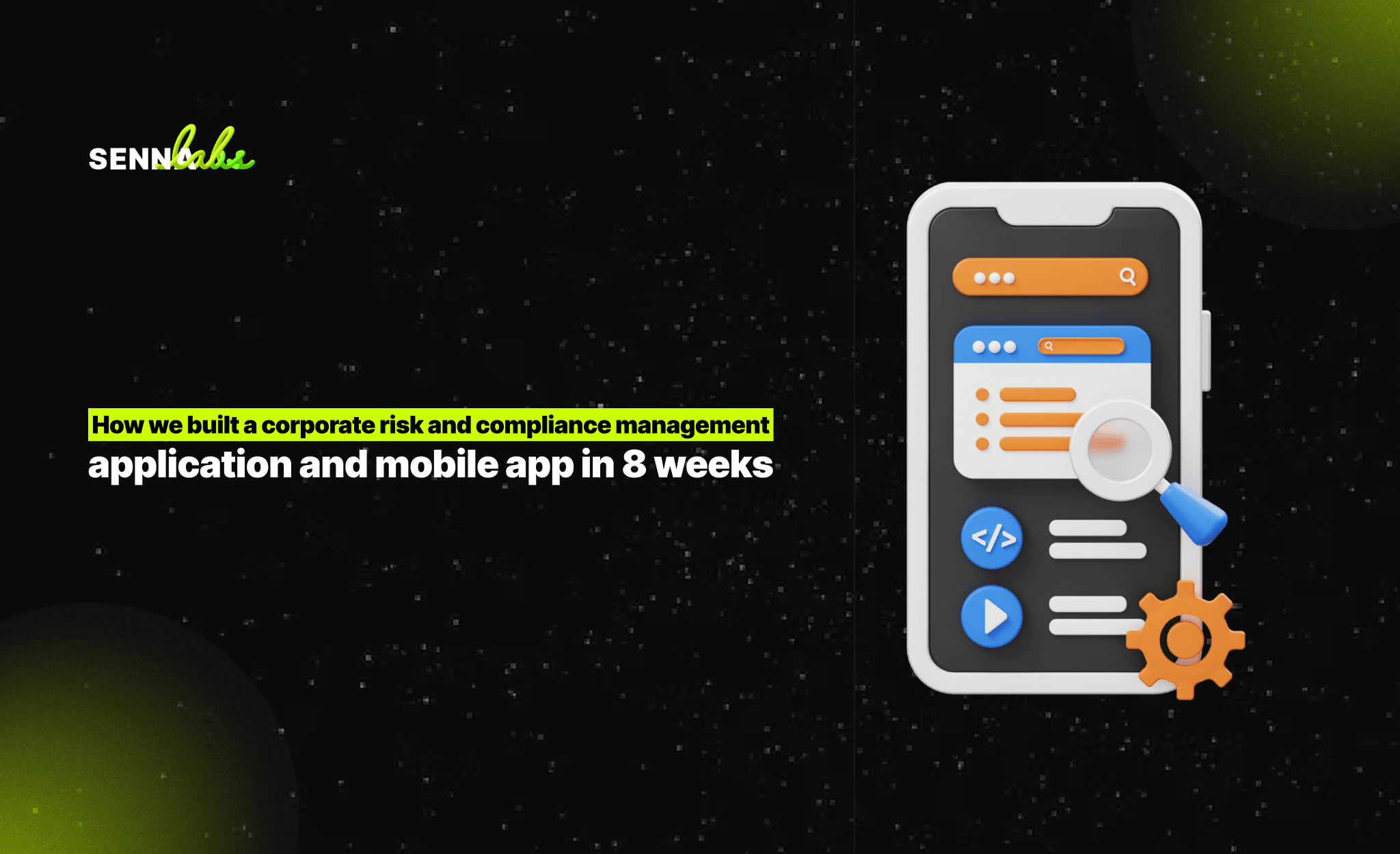Virtual Reality (VR) and Augmented Reality (AR) in Website Development
Share

The lines between the physical and digital worlds are becoming increasingly blurred, thanks to emerging technologies like Virtual Reality (VR) and Augmented Reality (AR). Once seen primarily in gaming and entertainment, VR and AR are now making their way into website development—particularly for businesses in e-commerce and real estate that want to create immersive, interactive experiences for their customers.
Imagine trying on clothes virtually before buying them online, or walking through a property without leaving your couch. These experiences are no longer futuristic fantasies—they're quickly becoming a competitive advantage for businesses that embrace VR and AR on their websites.
In this article, we’ll explore how VR and AR are transforming web development, the tools that make it possible, and how businesses can use these technologies to enhance engagement, increase conversions, and build customer trust.

Understanding the Difference Between VR and AR
Before diving into how these technologies apply to websites, it’s helpful to distinguish between the two:
-
Virtual Reality (VR) creates an entirely immersive digital environment that users can explore. VR typically requires a headset (like Oculus or HTC Vive), though browser-based VR experiences are now increasingly accessible.
-
Augmented Reality (AR) overlays digital elements (like images, text, or 3D models) onto the real world, typically viewed through a smartphone or tablet camera.
Both technologies offer unique benefits and can significantly enhance the user experience when integrated into a website.
Use Case: E-Commerce and Real Estate Businesses
Let’s say you run an online furniture store. Customers often hesitate to buy expensive items without seeing them in person. With AR integration, your website could allow shoppers to visualize how a sofa would look in their living room using their smartphone camera. They can rotate, resize, and reposition the model to see how it fits in their space—in real-time.
In real estate, agents can use VR to offer virtual tours of properties. Prospective buyers or renters can "walk through" homes, exploring each room as if they were there physically. This not only saves time but also builds a sense of connection with the property, even if the customer is miles away.
Benefits of Integrating VR and AR in Websites
1. Enhanced Customer Engagement
AR and VR provide immersive experiences that go far beyond static images or videos. When users can actively interact with your content—such as customizing a product in 3D or navigating through a virtual space—they’re more likely to stay on your website longer and engage more deeply with your brand.
2. Increased Conversion Rates
By reducing uncertainty and helping customers visualize products in their own context, AR/VR tools boost buying confidence. This leads to fewer returns, more satisfied customers, and higher conversion rates.
3. Competitive Differentiation
In crowded industries like e-commerce and real estate, providing a high-tech, interactive user experience helps you stand out from competitors who rely on traditional static content.
4. Remote Accessibility
VR and AR allow users to explore products or properties from anywhere in the world. This is particularly useful in real estate, where potential buyers can tour homes remotely—saving both time and travel costs.
How to Integrate AR and VR into Your Website
Implementing AR and VR into your website has become more accessible thanks to advancements in web development tools and libraries. Here's how businesses can start integrating these technologies:
1. Use Web-Based AR and VR Frameworks
-
WebXR: An API that allows you to build VR and AR experiences directly in the browser. It supports both immersive (VR) and augmented (AR) experiences.
-
A-Frame: A powerful and beginner-friendly framework built on top of WebGL that enables developers to create 3D and VR scenes with HTML-like syntax.
-
Three.js: A JavaScript library that makes it easier to create and display 3D graphics in the browser.
-
8thWall or ZapWorks: Platforms that provide tools to integrate mobile AR experiences into websites without needing users to download an app.
2. 3D Model Integration
To create AR/VR experiences, you’ll need high-quality 3D models of your products or environments. These can be created using tools like Blender, SketchUp, or 3ds Max, and exported in formats like GLTF or OBJ that are supported by web-based AR/VR libraries.
3. Mobile Optimization is Key
For AR especially, mobile compatibility is essential. Ensure your website is fully responsive, loads quickly on smartphones, and can access camera and motion sensors where needed (with user permissions).
4. Implement Virtual Tours (For Real Estate)
Use 360-degree photography or 3D scanning tools (such as Matterport) to create interactive walkthroughs of properties. These can be embedded directly on your website using iframe or JavaScript plugins, allowing users to virtually tour homes, offices, or commercial spaces.
5. AR Product Previews (For E-Commerce)
Implement web-based AR viewers that let users project 3D models of products into their physical space using their device’s camera. Retailers can use platforms like Shopify's AR toolkit or integrate open-source AR.js libraries to enable product previews.
Real-World Examples
IKEA Place (AR Shopping Experience)
IKEA’s mobile AR solution lets users see how furniture looks in their home before purchasing. While this began as an app, the same concept is being adopted for web-based AR experiences that don’t require installation.
Zillow and Redfin (VR Home Tours)
Real estate platforms offer virtual tours so users can explore properties remotely. This is especially useful for out-of-state or international buyers who cannot visit homes in person.
Warby Parker (Virtual Try-On)
The eyewear retailer allows users to try on glasses virtually using their device’s camera, helping users make better decisions before ordering.
Challenges to Consider
While the benefits are clear, there are still some challenges to integrating VR and AR into websites:
-
Device Compatibility: Not all devices and browsers support full AR/VR features. Testing across platforms is essential.
-
Performance: 3D models and immersive experiences can be data-heavy. Proper optimization is required to ensure fast loading times.
-
Cost: Developing AR/VR experiences and producing 3D content can be more expensive than traditional content creation.
-
User Education: Some users may be unfamiliar with how to interact with AR/VR content. Clear instructions and intuitive UI are key.
Conclusion:
AR and VR are no longer emerging technologies—they are here, and they are changing the way businesses engage with their customers. By offering immersive, interactive experiences, companies can build deeper connections, improve user satisfaction, and stand out in competitive markets.
For e-commerce and real estate businesses in particular, integrating AR and VR into your website can dramatically enhance how customers browse, evaluate, and purchase products or properties. The ability to “try before you buy” or tour a home without leaving the couch brings a new level of convenience and personalization to online experiences.
As tools become more accessible and user expectations continue to evolve, embracing AR and VR in website development is not just a trend—it’s a strategic move toward the future of the web. If you're looking to elevate your digital experience and create unforgettable interactions, now is the time to explore what AR and VR can do for your business.

Share

Keep me postedto follow product news, latest in technology, solutions, and updates
Related articles
Explore all


